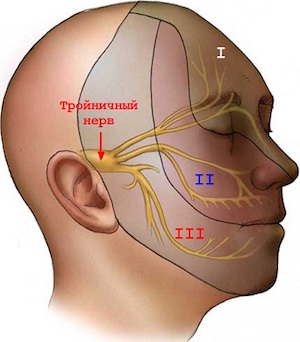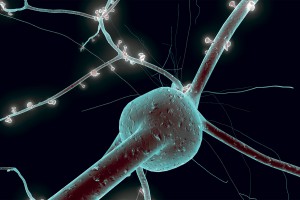Tingling in feet, tingling and coldness in the fingers is a symptom, which in medicine is called acroparesthesias. In some cases, such feelings can be enhanced by blanching of the skin or a slight decrease in pain sensitivity. However, to say that these manifestations may be a separate disease, is not necessary. But in some cases, these symptoms can be signs of the initial development of a disease.
In most cases, this coming sensation that passes after some time without any treatment. Most often this condition occurs because of tired legs, after bath, after being in one position for a long time. In this case the main cause is a failure in the circulatory system or nerve irritation.
However, there are cases when the goose bumps, tingling, and cold sensation to the fingers is a sign of a serious disease, but to determine it should only be a specialist, after conducting a number of tests.
The main diseases
If the above signs are bothering a person for a long time, you should definitely consult a doctor to identify the causes of tingling in the legs.

Among the most frequently identified diseases with this symptom include:
- Amyotrophies.
- Polyneuritis.
- The carpal tunnel syndrome.
- The syndrome of anterior scalene muscle.
- Cervical osteochondrosis.
- Tetany.
- Acromegaly.
- A neurosis.
- Funicular myelosis.
- Night disesthesias hands.
- A harbinger of stroke.
- Hormonal disorders.
The symptom may last for many years, from time to time to weaken or, conversely, to increase. Most often this feeling occurs at night, and if that happens during the day, usually the awkward position of the feet.
Why run shivers down your leg? In some cases, the cause can be infectious or neoplastic processes, and any changes in the legs, including the violation of the integrity of the skin. They can be signs of diabetes or multiple sclerosis.
Symptoms
A sense of tingling in legs sometimes accompanied by other symptoms. For example, this may be tingling sensation in the feet or legs, but without any loss of skin sensitivity. Another important sign is the blanching of the skin, indicating a violation of blood circulation.
Also, for this state is characterized by such symptoms as a slight decrease in pain sensitivity, but it can only identify the doctor with the help of specially developed techniques and tests.
Some patients during an attack you can complain and rather strong pain. This happens when, for whatever reasons, there is disruption of the nerve.
And finally, all those unpleasant sensations that occur at rest, almost instantly disappear when driving, for example, when walking or performing any exercise or medical gymnastics.
Many people believe that goose bumps on the left or the right foot can pass by themselves without any treatment, and are not even aware that such an unimportant symptom can be a symptom of the beginning of some serious disease. Therefore, if the sensations of tingling, burning or itching in the legs, tingling and the like appear with a certain frequency, it is necessary to consult a doctor who will help you to make the correct diagnosis prescribe the right treatment. But self-medication is unacceptable.
Diagnosis
The first step is to take a blood test and urine. Then you must pass EKG, or even ultrasound of the heart. Also, the doctor may advise you to do Doppler vascular examination in order to see if there is any reason for circulatory disorders.
You may need to consult a neurologist, internist, oncologist, neurologist and other specialists.
Conservative treatment
Treatment of tingling in the legs depends on the reasons that caused this condition. For example, a very frequently used drugs such as platyphylline, papaverine, no-Spa, halidorum. These medications belong to the group of vasodilator drugs. In some cases a good effect of ganglionic – pahikarpin, gangleron and drugs with tranquilizing effects.

In the leg like creepy? Then the first thing you need to do is to address to the neuropathologist. Can be assigned some physiotherapy, and treatment by quinine, but it is good to help fight the symptom and simple foot bath that you want to do with decoctions of herbs or sea salt and other useful components.
Treatment can help and such traditional methods, like rubbing the feet with olive oil mixed with black pepper, compresses of cabbage, tea infusion of ginger. Very useful in the diet to include vitamin-mineral complexes, as well as seaweed, dairy products and natural fruit and vegetable juices.



